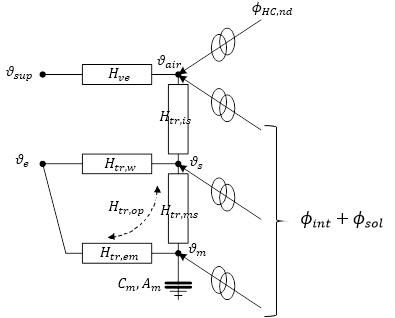Energy Plus simulation and compliance with ISO 13790 and 52016-1
I would like to know whether is it possible to use E.Plus for the above-mentioned standards, since the simplifications made in those norms , at a first glance, don't perfectly match the purposes of the software.
EU's Levels framework states
Where a dynamic simulation tool is not available nationally, a number of international tools are available, some of which are free to obtain – for example, EnergyPlus. Suitable dynamic simulation tools shall have been validated according to the procedures of EN ISO 52016-1, EN 15265 or ASHRAE 140 (the latter two being based on the BESTEST method). Tools that are known to already have been validated accordingly include DOE2, BLAST, ESP, SRES/SUN (SERIRES/SUNCODE), SERIRES, S3PAS (LIDER/CALENER), TAS, TRNSYS and EnergyPlus."
I have found this grasshopper application, but i don't think it could help to calculate the operative temperature. https://unmethours.com/question/23027...
Any references would be very appreciated.





